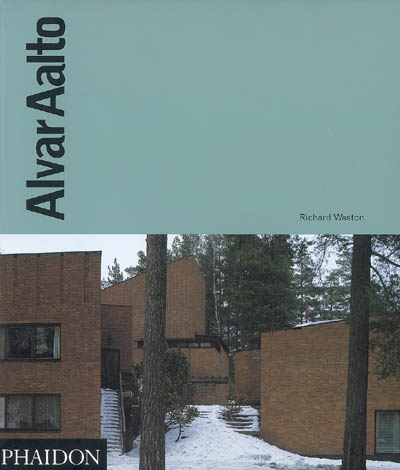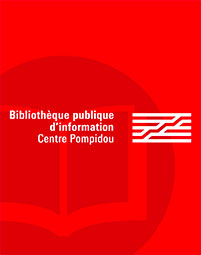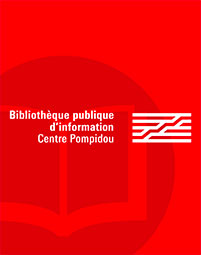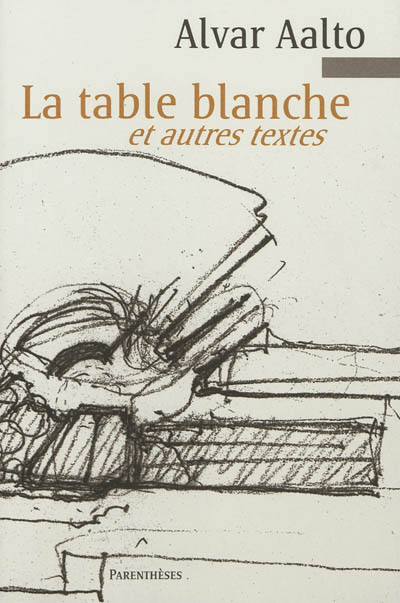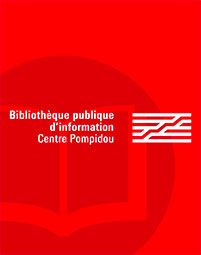par Weston, Richard (1953-....)
Phaidon
2006 -
-
Disponible - 70"19" AALT 2
Niveau 3 - Arts
Résumé : L'auteur rend compte de la place occupée par Aalto dans le Mouvement moderne international comme dans la culture finlandaise et s'attache à mettre en évidence les principales sources d'inspiration de l'architecte : les paysages et les traditions de la Finlande, l'habitat domestique italien, l'urbanisme de la Grèce antique, etc. L'ensemble de son oeuvre est examiné.

 Les bibliothèques de prêt de la ville de Paris
Les bibliothèques de prêt de la ville de Paris
 Les bibliothèques universitaires
Les bibliothèques universitaires
 La BnF
La BnF
 L'encyclopédie Wikipédia
L'encyclopédie Wikipédia
 L'Encyclopædia Universalis
L'Encyclopædia Universalis
 La bibliothèque du film
La bibliothèque du film
 La bibliothèque du cinéma François Truffaut
La bibliothèque du cinéma François Truffaut
 La médiathèque musicale de Paris
La médiathèque musicale de Paris
 La médiathèque de la Philharmonie de Paris
La médiathèque de la Philharmonie de Paris

